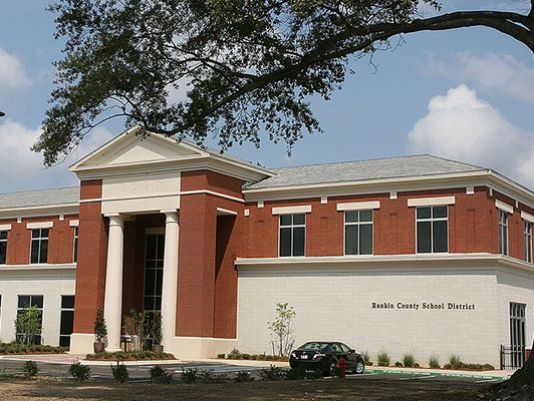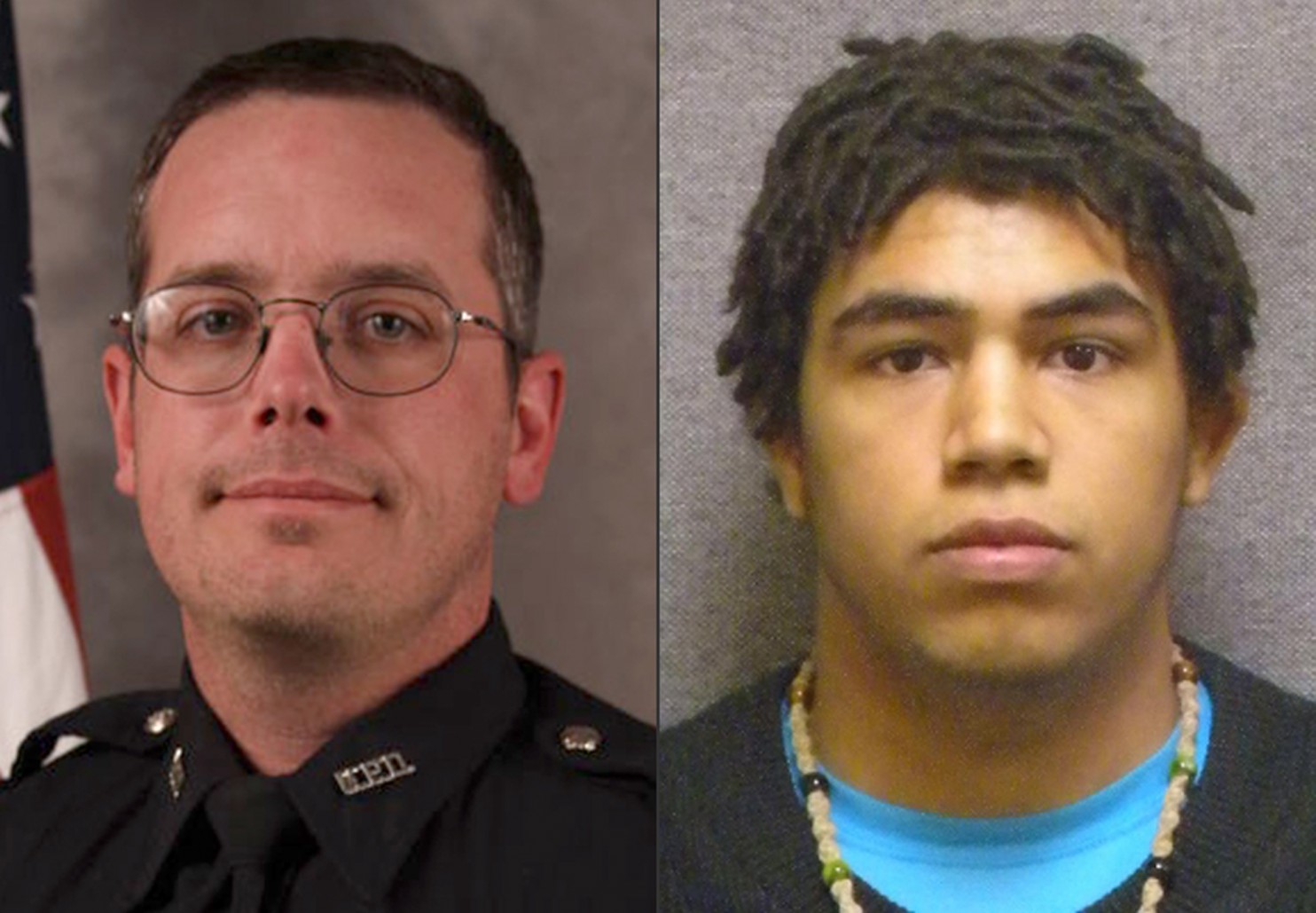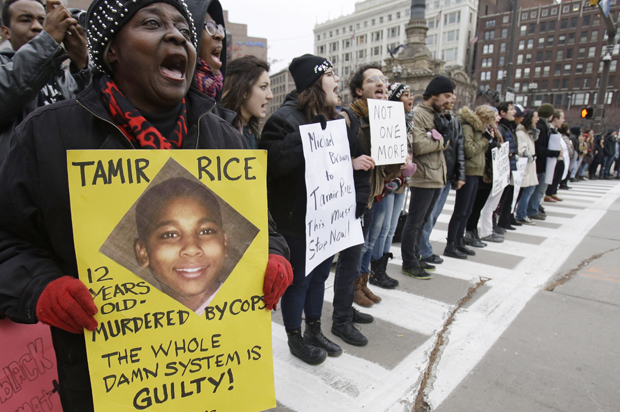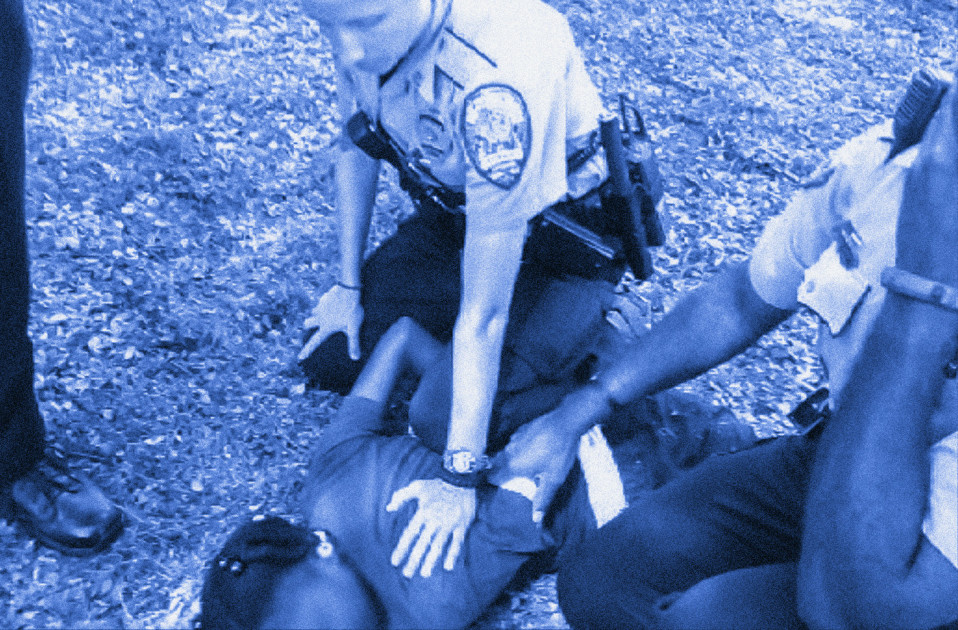Rankin Schools Superintendent, Employees Get Pay Raise
2015/05/13 – Rankin County school officials on Wednesday gave the go-ahead for four percent salary increases for cafeteria workers, assistant teachers, bus drivers and administrators effective July 1.
The superintendent also received the same salary increase, raising the amount from $153,900 to about $160,000.
All teachers will receive a legislature-mandated raise after the governor signed a bill last legislative session raising all educators’ salaries by $3,500 this coming year.
Ann Sturdivant, vice president of the school board, asked the school board to consider a raise for the superintendent.
“We’re the third largest district (in the state), but 12th in superintendent salary,” Sturdivant said, noting the last time the superintendent, Lynn Weathersby, had a salary increase was in January of 2014. The raise was two percent.
“I think we need to be competitive to other districts similar to ours,” she continued.
The board vote 3-2 on increasing salaries for both the superintendent and administrators. Board President Grumpy Farmer and member Ruth Burgess voted against the raises, while the remaining three members voted in favor.
“I had asked for a review of area administrator salaries – DeSoto, Madison, Clinton – and our current administrative salaries are in line and above those,” Burgess said. “I feel like we are where we need to be at this point.”
Burgess said with the election coming up this year, she thought it would be appropriate to decide the salary based on the performance and credentials of the new superintendent.
Assistant superintendents are the highest paid employees in the district excluding Weathersby. Each made a total of $115,470 last year, putting their new salary amounts at $120,088 with the raises.
Last year’s total compensation for principals in the district ranged from $80,588 to $106,902.
In nearby districts, Madison County’s school board voted to award its superintendent a three percent raise last fall but the superintendent declined the raise. Clinton’s Phillip Burchfield received a $5,000 increase, capping his salary out at $180,000, in 2014.
Jackson Public Schools Superintendent Cedrick Gray received a $5,000 increase when his contract was extended another year, making his salary $205,000.
Each district’s school board determines the salary level of its superintendent, who is evaluated yearly. Boards are not required to use evaluation as part of the salary determination.
Source: The Clarion-Ledger





